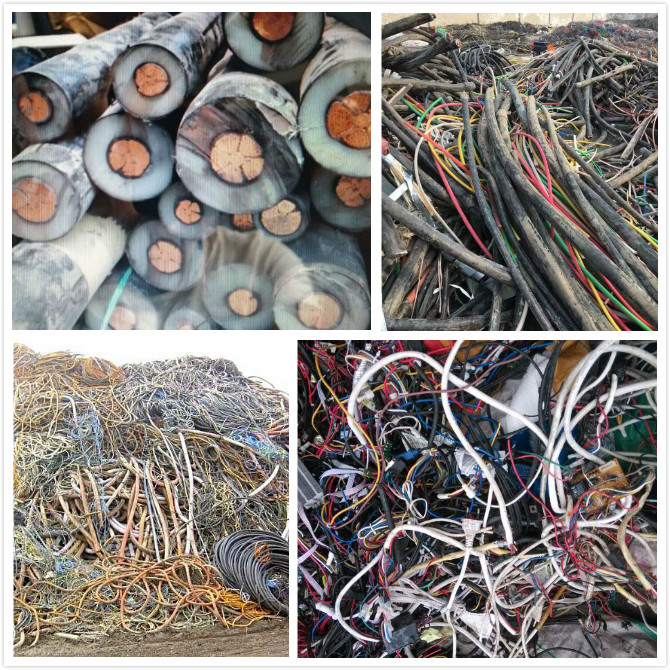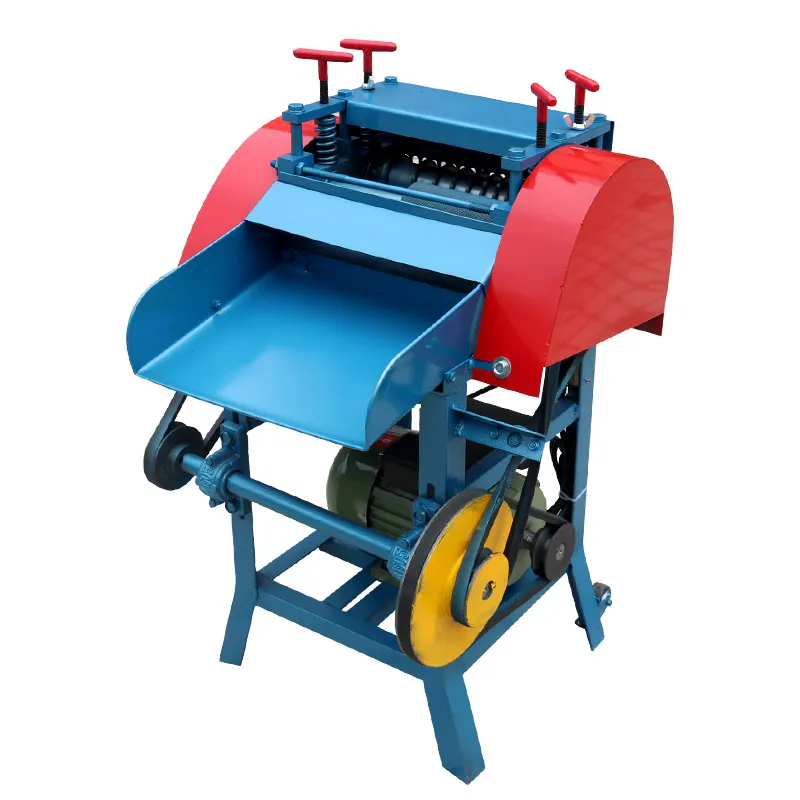Eddy current waste separation is a revolutionary technology transforming waste management systems globally. As industries and municipalities grapple with the ever-increasing burden of waste, the need for efficient and sustainable separation methods becomes paramount. The utilization of eddy currents—a phenomenon of electromagnetism—offers a promising solution, ensuring recyclable materials are effectively separated from waste streams.

At the core of eddy current waste separation is the principle of electromagnetic induction, first discovered by Michael Faraday in the 19th century. This process involves the generation of circular electric currents, known as eddy currents, in a conductor exposed to a changing magnetic field. In waste separation, non-ferrous metals such as aluminum and copper are efficiently separated from non-metallic materials through the application of this principle.
A typical eddy current separator consists of a fast-rotating magnetic drum, which creates a rapidly changing magnetic field. When waste materials are fed onto the conveyor belt passing over this drum, non-ferrous metals are subjected to the magnetic field, inducing eddy currents within them. These currents generate their own magnetic fields, opposing the initial magnetic field of the drum. Consequently, the non-ferrous metals are repelled and ejected from the waste stream, landing in a separate collection area.

Experience with eddy current separators across industries underscores their effectiveness. Recycling facilities employ these systems to recover valuable metals from municipal solid waste, electronic waste, and even automotive shredder residue. Notably, an electronic waste recycling plant in Germany reported a 98% recovery rate of non-ferrous metals after integrating eddy current separation technology into their operations, significantly enhancing efficiency and profitability. Such outcomes highlight the experience-backed effectiveness of this technology in practical applications.
The expertise behind eddy current separation technology lies in its engineering and material science fundamentals. Continual advancements have led to the development of high-intensity separators that cater to specific industrial needs. For instance, double-layered magnetic rotors have been introduced, allowing for finer separations at higher speeds. Additionally, manufacturers are incorporating sophisticated sensors and control systems that enable real-time adjustments, optimizing the separation process for varied waste streams.
eddy current waste separation
Authoritativeness in the field is demonstrated by companies leading the charge in developing and refining eddy current separators. Renowned manufacturers like Steinert, Eriez, and Bunting have established themselves as pioneers in this space. These companies not only provide state-of-the-art equipment but also offer consultancy and support services, ensuring their clients achieve maximum benefit from the technology. Their continuous research and development efforts validate their status as authoritative entities in waste separation solutions.
Trustworthiness is paramount when considering waste separation technologies. Eddy current separators are a proven, reliable technology with numerous case studies and real-world implementations showcasing their dependability. Environmental agencies and industry regulators recognize these systems for their environmental and economic benefits, lending further credibility. Moreover, the technology's ability to reduce landfill contributions and minimize environmental pollution aligns with global sustainability goals, reinforcing its trustworthy nature.
Looking ahead, the future of eddy current waste separation appears robust, buoyed by ongoing innovation and growing environmental consciousness. Industries are increasingly compelled to adopt sustainable practices, with waste management at the forefront of these initiatives. Eddy current separators offer a tangible solution, not only recovering valuable materials but also supporting recycling systems in reducing the burden on natural resources.
As the world aims for a circular economy, eddy current waste separation technology will indubitably play a pivotal role. Its combination of experience, expertise, authoritativeness, and trustworthiness sets it apart as an essential tool in modern waste management strategies. For stakeholders seeking to integrate this technology, partnering with established manufacturers ensures access to top-tier systems and invaluable support, paving the way for both ecological and economic success.
In conclusion, eddy current waste separation stands at the intersection of innovation and necessity, poised to redefine waste management processes globally. As this technology continues to evolve and gain traction, its impact will resonate through improved recycling rates, reduced environmental footprints, and enhanced economic returns for industries and communities alike.


